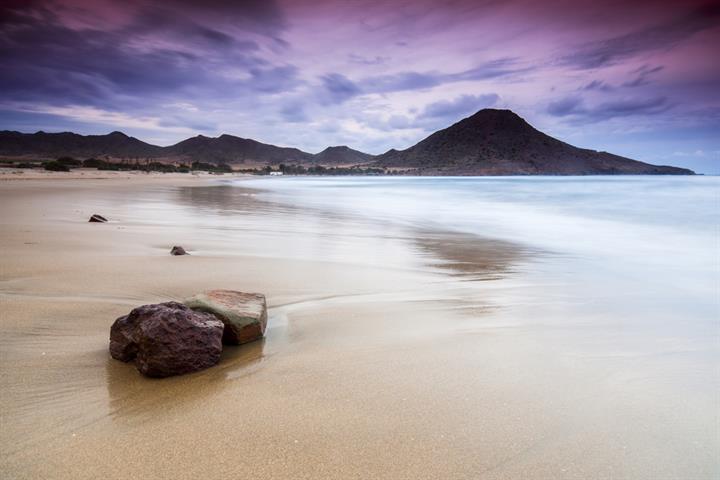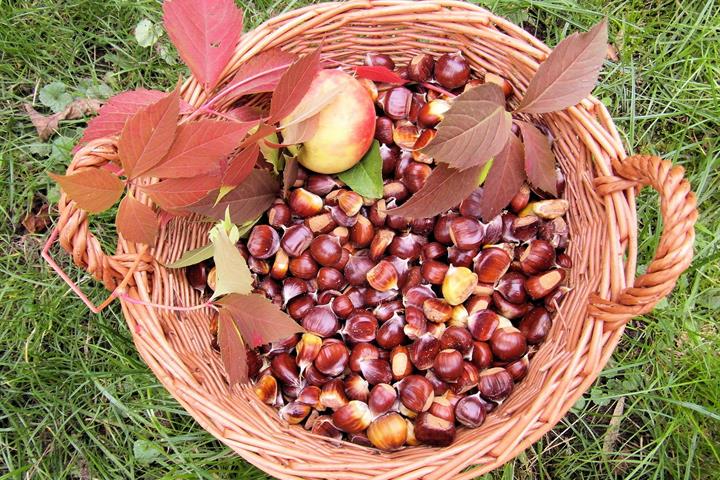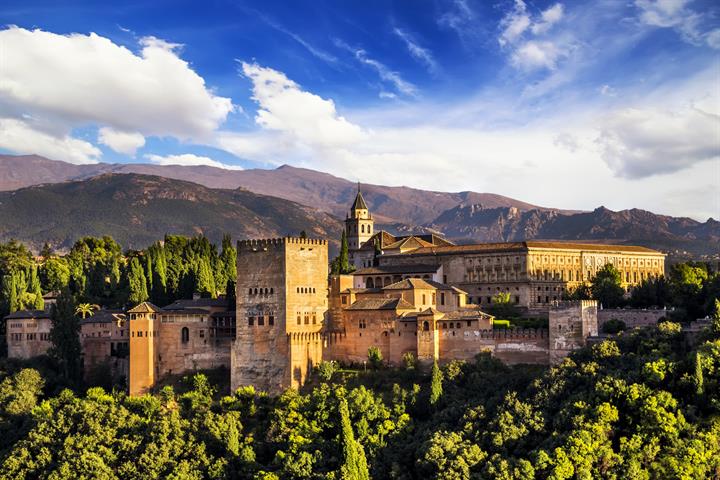Huelva prowincja - informacja turystyczna i wideo
Informacje wakacyjne, fakty, zdjęcia i wideo - Huelva prowincja
Wyróżnione domy wakacyjne w w Andaluzja
Rzeczy do zrobienia
Ciekawe miejsca do zobaczenia w Huelva prowincja
Opinie - Huelva prowincja
Średnia ocen - Na podstawie 171 opinii.
Miasto
Wybrzeże
| Miasto: | |
| Wybrzeże: |
Dodany przez: Bruno Fernandes
2021-09-13
Ta opinia jest w języku angielski
Ta opinia jest w języku angielski
Zgłoś nadużycie
Uważasz, że to nadużycie
| Miasto: | |
| Wybrzeże: |
Dodany przez: Paloma
2021-09-02
Ta opinia jest w języku hiszpański
Ta opinia jest w języku hiszpański
Zgłoś nadużycie
Uważasz, że to nadużycie
| Miasto: | |
| Wybrzeże: |
Dodany przez: Jose Alves
2021-08-20
Ta opinia jest w języku hiszpański
Ta opinia jest w języku hiszpański
Zgłoś nadużycie
Uważasz, że to nadużycie
| Miasto: | |
| Wybrzeże: |
Dodany przez: Sandra Isabel
2021-07-14
Ta opinia jest w języku hiszpański
Ta opinia jest w języku hiszpański
Zgłoś nadużycie
Uważasz, że to nadużycie
| Miasto: | |
| Wybrzeże: |
Dodany przez: Silvia
2021-07-14
Ta opinia jest w języku hiszpański
Ta opinia jest w języku hiszpański
Zgłoś nadużycie
Uważasz, że to nadużycie
| Miasto: | |
| Wybrzeże: |
Dodany przez: ARTURO RODRIGUEZ
2020-09-27
Ta opinia jest w języku hiszpański
Ta opinia jest w języku hiszpański
Zgłoś nadużycie
Uważasz, że to nadużycie
| Miasto: | |
| Wybrzeże: |
Dodany przez: Inmaculada
2020-09-15
Ta opinia jest w języku hiszpański
Ta opinia jest w języku hiszpański
Zgłoś nadużycie
Uważasz, że to nadużycie
| Miasto: | |
| Wybrzeże: |
Dodany przez: Juan.Antonio
2020-09-09
Ta opinia jest w języku hiszpański
Ta opinia jest w języku hiszpański
Zgłoś nadużycie
Uważasz, że to nadużycie
| Miasto: | |
| Wybrzeże: |
Dodany przez: Maria Silveira
2020-09-07
Ta opinia jest w języku angielski
Ta opinia jest w języku angielski
Zgłoś nadużycie
Uważasz, że to nadużycie
| Miasto: | |
| Wybrzeże: |
Dodany przez: Beatriz
2020-08-23
Ta opinia jest w języku hiszpański
Ta opinia jest w języku hiszpański
Zgłoś nadużycie
Uważasz, że to nadużycie
| Miasto: | |
| Wybrzeże: |
Dodany przez: Ana Sofia Alves
2020-08-19
Ta opinia jest w języku angielski
Ta opinia jest w języku angielski
Zgłoś nadużycie
Uważasz, że to nadużycie
| Miasto: | |
| Wybrzeże: |
Dodany przez: Gema COLMENAR
2020-08-18
Ta opinia jest w języku hiszpański
Ta opinia jest w języku hiszpański
Zgłoś nadużycie
Uważasz, że to nadużycie
| Miasto: | |
| Wybrzeże: |
Dodany przez: Elias Manuel Sanchez Patino
2019-10-18
Ta opinia jest w języku hiszpański
Ta opinia jest w języku hiszpański
Zgłoś nadużycie
Uważasz, że to nadużycie
| Miasto: | |
| Wybrzeże: |
Dodany przez: Jonathan Harris
2019-10-01
Ta opinia jest w języku angielski
Ta opinia jest w języku angielski
Zgłoś nadużycie
Uważasz, że to nadużycie
| Miasto: | |
| Wybrzeże: |
Dodany przez: Sue Andrews
2019-09-22
Ta opinia jest w języku angielski
Ta opinia jest w języku angielski
Zgłoś nadużycie
Uważasz, że to nadużycie
| Miasto: | |
| Wybrzeże: |
Dodany przez: Marianne Birthe Iversen
2019-09-20
Ta opinia jest w języku angielski
Ta opinia jest w języku angielski
Zgłoś nadużycie
Uważasz, że to nadużycie
| Miasto: | |
| Wybrzeże: |
Dodany przez: Stevens michel
2019-09-20
Ta opinia jest w języku angielski
Ta opinia jest w języku angielski
Zgłoś nadużycie
Uważasz, że to nadużycie
| Miasto: | |
| Wybrzeże: |
Dodany przez: Bruno Fernandes
2019-09-19
Ta opinia jest w języku angielski
Ta opinia jest w języku angielski
Zgłoś nadużycie
Uważasz, że to nadużycie
| Miasto: | |
| Wybrzeże: |
Dodany przez: David and Geraldine Mann
2019-09-17
Ta opinia jest w języku angielski
Ta opinia jest w języku angielski
Zgłoś nadużycie
Uważasz, że to nadużycie
| Miasto: | |
| Wybrzeże: |
Dodany przez: Maria José Carneiro Dias
2019-09-03
Ta opinia jest w języku angielski
Ta opinia jest w języku angielski
Zgłoś nadużycie
Uważasz, że to nadużycie





